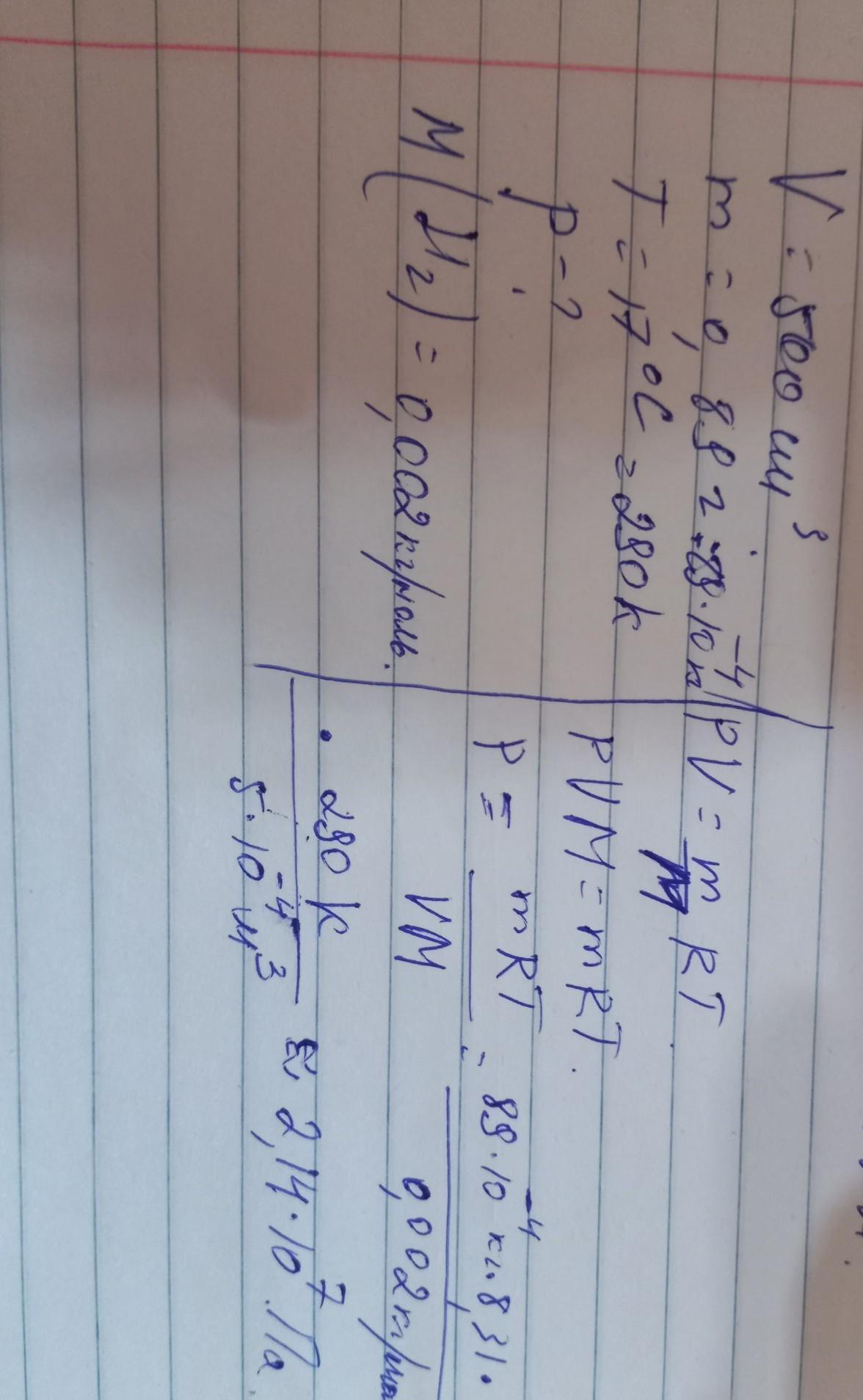Предмет: Физика,
автор: aleksandramazoha
У посудині місткістю 500см^3 є 0,89г водню за температури 17°С. Визначте тиск газу
Ответы
Автор ответа:
0
Ответ:
.........................
Приложения:

Похожие вопросы
Предмет: Русский язык,
автор: Kamichi
Предмет: Русский язык,
автор: mylife3
Предмет: Українська література,
автор: midnightkid333
Предмет: Алгебра,
автор: nickbakugan2004
Предмет: Английский язык,
автор: stiki